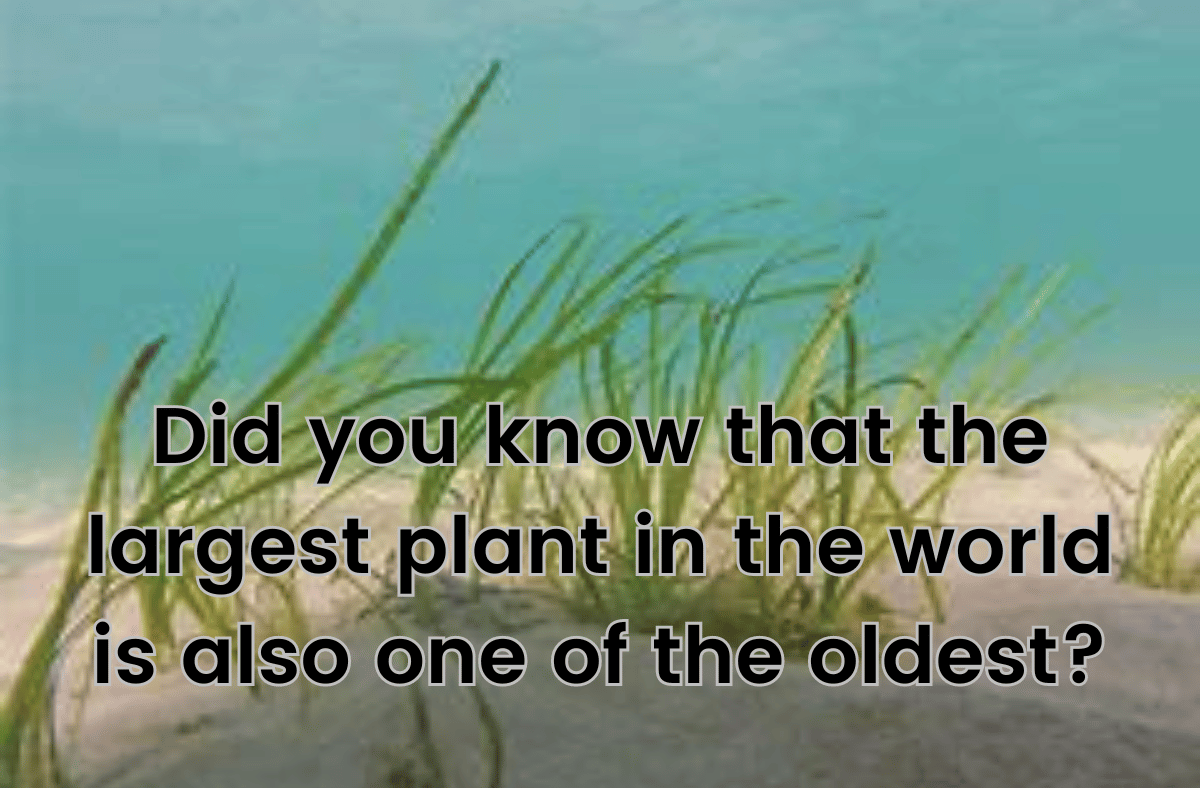Water, the essence of life, surrounds us in vast quantities. Its presence on our planet is undeniable, as it covers a staggering 71% of the Earth’s surface. However, the startling truth is that only a mere 0.007% of this immense water supply is drinkable. In this blog post, we will explore the reasons behind this scarcity and shed light on the challenges we face in ensuring access to safe and clean drinking water for all.
The Vast Oceanic Expanse
Water, as far as the eye can see, stretches across our planet, forming majestic oceans, seas, and lakes. It envelops the Earth in a mesmerizing cloak of blue, providing a habitat for countless species and impacting weather patterns. Yet, the majority of this water is not suitable for consumption due to its salinity.
Salty Seas and Unquenchable Thirst
Saltwater, comprising approximately 97.5% of the Earth’s water, is undrinkable for humans without undergoing desalination processes. The high salt content renders it unfit for consumption, as our bodies require freshwater to thrive. Transitioning from salty to drinkable water poses significant challenges, both technologically and economically.
Frozen Reserves, Frozen Potential
Glistening and pristine, glaciers and ice caps hold immense reserves of water. These frozen giants lock away approximately 68.7% of the Earth’s freshwater, stored in the form of ice. Although this vast supply could alleviate water scarcity, the difficulty lies in accessibility. Melting ice due to rising global temperatures is an undeniable threat, yet harnessing these reserves is not a simple task.
Polluted Waters
A Looming Crisis: Pollution, an unfortunate consequence of human activities, continues to contaminate our water sources. Industrial waste, agricultural runoff, and improper disposal of chemicals find their way into rivers, lakes, and groundwater reserves. This pollution not only degrades the quality of water but also poses grave health risks to those who consume it. Ensuring water purity requires collective efforts and robust environmental regulations.
The Interconnectedness of Water Systems
The scarcity of drinkable water becomes even more apparent when we consider the intricate balance between different water sources. Groundwater, the lifeblood beneath our feet, accounts for approximately 30.1% of the Earth’s freshwater. However, excessive extraction, coupled with natural and human-induced factors, leads to aquifer depletion and land subsidence. Recognizing the interconnectedness of these water systems is crucial for sustainable water management.
The Urgent Need for Conservation
In the face of dwindling drinkable water resources, it becomes imperative to adopt conservation measures. Individuals, communities, and governments must work together to minimize water wastage, promote recycling, and invest in technologies that ensure efficient water use. Every drop counts in our collective effort to safeguard this precious resource.
Conclusion
The disparity between the vast expanse of water on our planet and the limited availability of drinkable water is a stark reminder of the challenges we face in meeting our basic needs. The dominance of salty, frozen, and polluted water sources presents a formidable hurdle. Nevertheless, by raising awareness, embracing technological advancements, and adopting sustainable practices, we can strive towards ensuring access to safe and clean drinking water for all. Only through collective action can we safeguard this invaluable resource for future generations.






















